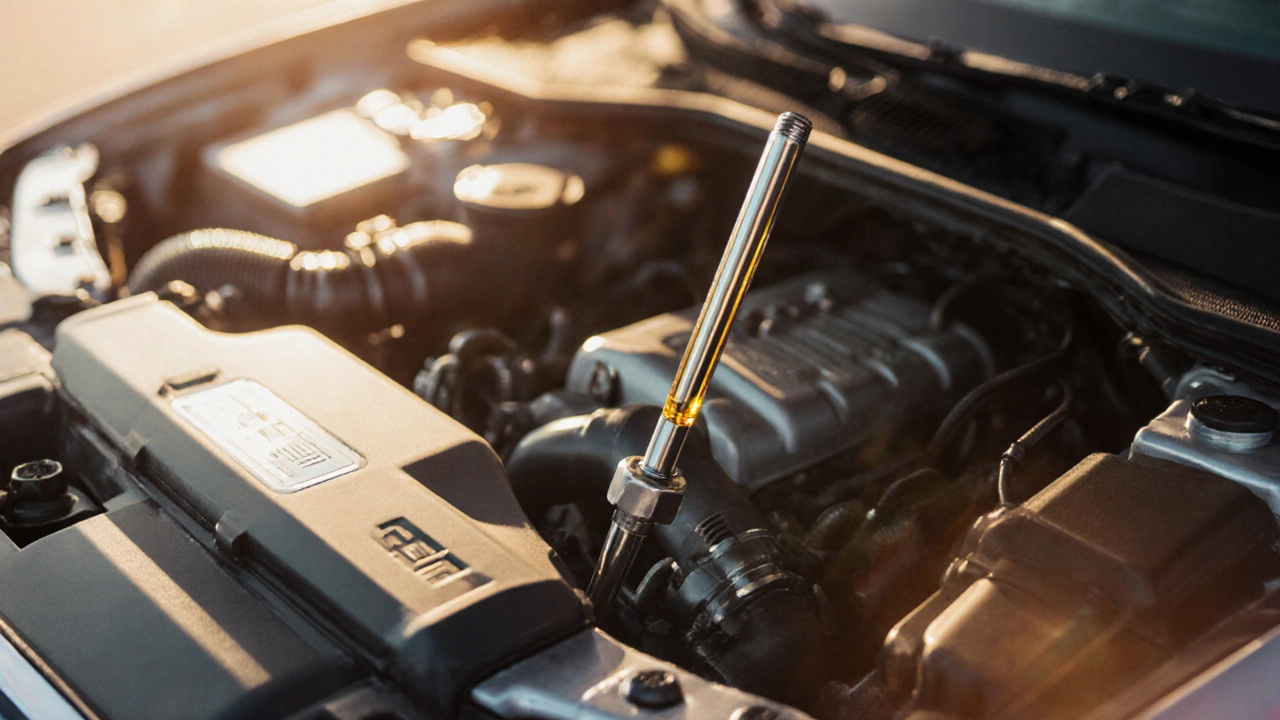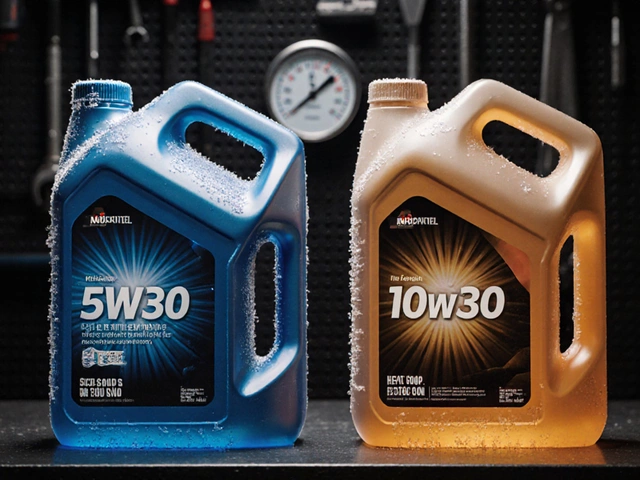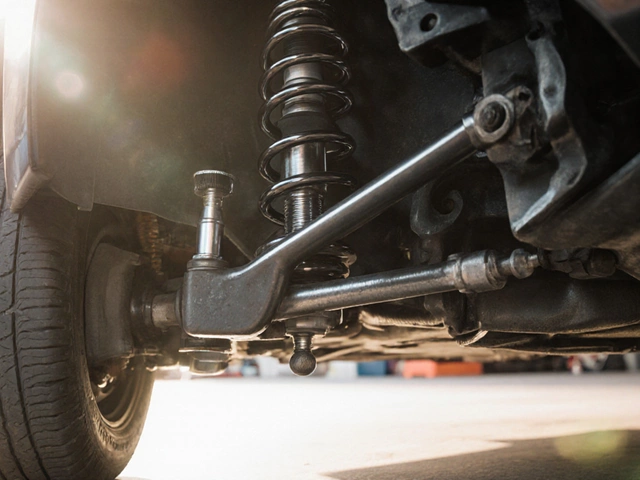Oil Capacity Explained: What Every Driver Should Know
When working with oil capacity, the total volume of oil an engine can hold. Also known as engine oil volume, it determines how much oil you need to fill, top‑off, or replace during service. Knowing your car’s oil capacity helps you avoid under‑filling, which can cause wear, or over‑filling, which can create foaming and pressure issues.
The first thing to check is the engine oil, the lubricant that keeps moving parts in contact without friction. Different oil grades – synthetic, semi‑synthetic, or conventional – have distinct flow characteristics. Choosing the right oil type, the viscosity rating like 5W‑30 or 10W‑30 is essential because a mismatched oil can’t circulate properly within the engine’s capacity, reducing cooling efficiency and wear protection.
How Engine Size and Design Influence Oil Capacity
Engine displacement, measured in liters or cubic centimeters, directly affects oil capacity. A larger V6 or V8 typically needs more oil than a compact four‑cylinder. For example, a 2.0 L inline‑four might hold 4‑5 L, while a 3.5 L V6 could require 6‑7 L. This relationship forms a simple semantic triple: oil capacity encompasses engine displacement. Knowing the displacement lets you estimate the oil volume before you even open the hood.
Another key player is the oil pan – the reservoir at the bottom of the engine. Its shape and capacity set the upper limit for how much oil can sit in the system. A deep‑dish pan on a performance engine may add a litre or more compared to a shallow pan on a economy model. This creates the triple: oil capacity requires appropriate oil pan design. When swapping pans, always verify the new pan’s volume matches the manufacturer’s specifications.
Oil change interval is the schedule you follow to replace that oil. Shorter intervals (e.g., 5,000 km) keep the oil fresh, especially in hot climates or heavy‑load driving. Longer intervals rely on high‑quality synthetic oil that resists breakdown. The interval you choose influences how often you’ll check the oil level, reinforcing the triple: oil change interval influences oil capacity usage. Skipping changes can lead to sludge that occupies space and reduces effective capacity.
Temperature and climate also play a role. In cold weather, thinner oils (lower “W” numbers) flow easier, but they still occupy the same volume. In hot conditions, thicker oils prevent thinning but may require a slight increase in capacity to maintain the proper oil film thickness. Understanding these nuances helps you pair the right oil type with your vehicle’s capacity, ensuring optimal lubrication across seasons.
For DIY enthusiasts, measuring oil capacity is straightforward: fill the engine to the “full” mark on the dipstick, then use a measuring container to pour the oil out after the engine is off and cooled. Record the amount – that’s your exact capacity. If you’re replacing the oil pan or switching to a different oil type, repeat the measurement to confirm the new total.
Professional shops often rely on manufacturer service manuals, which list the exact oil capacity for each make and model. These manuals also note any special procedures, such as “fill to the brim of the filler neck” versus “fill to the dipstick mark.” Following the correct method prevents over‑filling, which can cause aeration, and under‑filling, which can starve the engine of lubrication.
In short, oil capacity isn’t just a number on a sticker – it’s the intersection of engine size, oil pan design, oil type, and service schedule. Below you’ll find articles that dive deeper into choosing the right oil grade, comparing 5W‑30 vs 10W‑30, figuring out how often you really need to change oil, and troubleshooting common oil‑related issues. Use these resources to keep your engine humming and avoid costly repairs.

Adding an Extra Quart of Engine Oil - Risks, Effects, and How to Fix It
Find out if adding an extra quart of engine oil can damage your car, how it affects performance, and step‑by‑step ways to fix over‑fill safely.
CONTINUE READING







